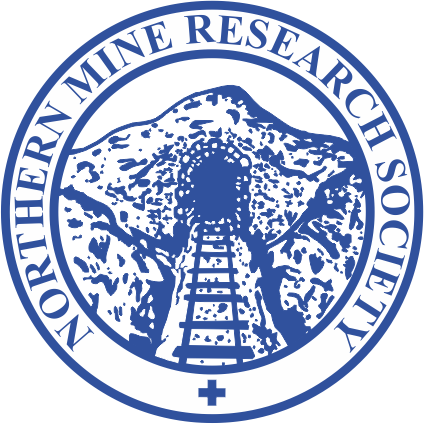Production at Peelwood began around 1883. Two shafts, each 13 feet diameter, were sunk to the Trencherbone Mine at 335 yards from the surface. The shafts were 30 yards apart, lying in a north-south alignment and were located to the north of the Coxe or Wharton Hall Fault. In the mid-1890s the Trencherbone and the Seven Feet (Black & White) Mines were being worked. Longwall face working was used to extract the Trencherbone seam and the Seven Feet was extracted by bord and pillar. The workings were to the rise of the shafts, ‘jig brows’ (self-acting inclines) being used to bring the coal down to the main haulage levels.
Coal winding at the downcast (No.1) shaft was from the Trencherbone Mine, single deck cages being used, each carrying two tubs. The winding engine was a twin cylinder horizontal, 30in by 48in, fitted with Cornish double-beat valves. A parallel winding drum, 14 feet diameter, was mounted on the crankshaft.
At the up cast (No.2) shaft, coal was wound from the Seven Feet Mine at 170 yards from the surface. A twin cylinder horizontal winding engine was installed, 20in by 42in, with a 12 feet diameter parallel drum. Ventilation was provided by a 12 feet diameter Schiele fan, running at 170rpm and circulating 120,000 cubic feet of air per minute against two inch water gauge. Fitted to the fan shaft was a five feet diameter belt pulley which was connected to the 17 feet diameter flywheel of a 20in by 36in single cylinder horizontal engine running at 50rpm.
Pumping was carried out at the downcast shaft, a single 12 inch ram pump being located at the Seven Feet Mine. The pump was operated by a 40in by 8ft stroke Bull-type engine. Normal operation for the pumping engine was 12 hours per day, running at five strokes per minute, raising approximately 195 gallons per minute in a single lift to the surface.
Steam was supplied to the whole of the plant by four Lancashire boilers, three boilers being 7ft diameter by 28ft long and one boiler 7ft by 30ft. Working pressure was 60psi. At this time, no power was supplied underground.
It was intended to work the seams lying below the Trencherbone from Peelwood, the shafts being deepened for this purpose. The (Haigh) Yard Mine was intersected at 1440 feet in No.1 shaft but at 1500 feet a fault was encountered and this remained in the shaft to the bottom of the sinking at 1824 feet from the surface.
Messrs Walker Bros., Pagefield Ironworks, Wigan received an order from the Tyldesley Coal Company Ltd in December 1900, for an air compressor to be delivered for 27 March 1901. The actual destination was not stated and it can only be an assumption that it was intended for Peelwood. The compressor was a cross-coupled pair with air cylinders 18 inches bore, placed in tandem with the steam cylinders 18in by 42in, these being fitted with Meyer expansion slide valves. Specified air delivery pressure was 50psi and steam at 50-60psi with 80psi to be allowed for. A five-ton flywheel was provided.
Return to previous page
